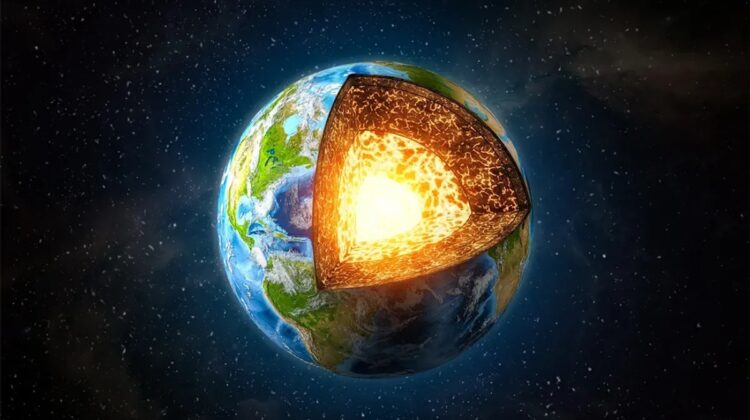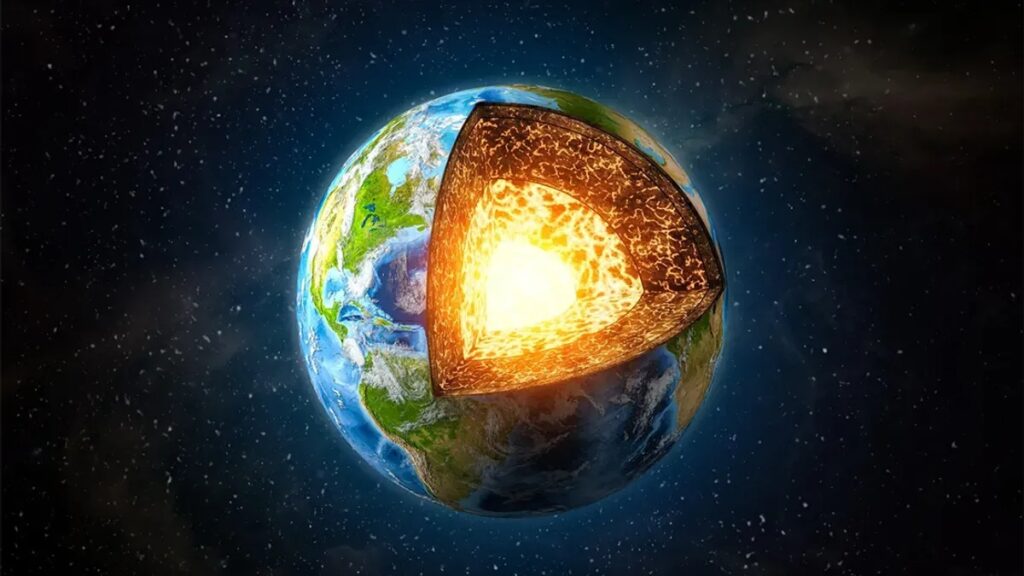
Inside rocks in the Arctic, rocks have been found with unusually high levels of Helium-3.
Deep within the Arctic rocks lies a peculiar secret, one that has perplexed scientists and geologists alike. These rocks, found in the Arctic, contain remarkably elevated levels of Helium-3, a peculiar and rare isotope. This helium variant, formed during the Big Bang, holds a unique distinction in the world of isotopes – it is the only stable isotope of any element with more protons than neutrons, excluding protium.
The intrigue surrounding Helium-3 extends beyond its peculiarity; it also possesses immense potential for applications in fusion reactors. This remarkable isotope is in high demand, and while the Moon has garnered attention for its rich Helium-3 deposits due to the absence of a protective magnetic field, the Earth too boasts a substantial reservoir of this precious gas, albeit much deeper within.

Image credit: Maxx-Studio/Shutterstock.com
As the Earth took shape, Helium-3 from the Sun’s early solar nebula became embedded within the Earth’s core. Although not readily accessible to us in its subterranean confinement, trace amounts do find their way to the Earth’s surface, with approximately 2,000 grams (4.4 pounds) escaping from the depths of our planet annually.
Recent research has identified Helium-3 within volcanic rocks on the ocean floor. However, the mechanism responsible for transporting this isotope from the core to the Earth’s surface has long remained a geological enigma. A new research team may have unraveled this mystery, shedding light on the journey of this unique isotope.

Researchers examining ancient lava flows in the Arctic Archipelago of Baffin Island, Canada, have made a groundbreaking discovery. These lava flows contain the highest known ratios of helium-3 and helium-4. Importantly, they offer a plausible explanation for how Helium-3 ascends from the Earth’s core to its surface.
Previous research from Princeton University and the Guangzhou Institute of Geochemistry hinted at Helium-3’s interaction with magnesium oxide at the boundary between the Earth’s core and mantle. This interaction enables the isotope to migrate into the mantle. Notably, helium-3, when in contact with magnesium oxide, undergoes a transformation from a homogenous mineral to one with crystalline phases. This process occurs due to helium’s strong affinity for magnesium oxide under core-mantle boundary conditions.

The recent research in Baffin Island, celebrated for its remarkably high helium-3 and helium-4 ratios, has offered compelling evidence supporting the idea that “volatile elements from the solar nebula have survived in the mantle since the early stages of accretion.” These elements, including Helium-3, subsequently ascend to the Earth’s surface through mantle plumes – massive upwellings of molten rock originating from the core-mantle boundary.
This discovery not only demystifies the journey of Helium-3 but also opens new avenues of exploration into the Earth’s core processes. The enigmatic gas, once locked deep within, is gradually revealing its secrets, reminding us of the countless wonders that continue to unravel in the world beneath our feet.

Leave a Reply